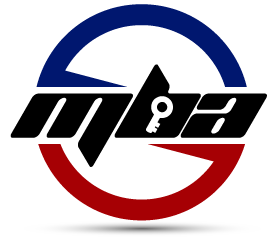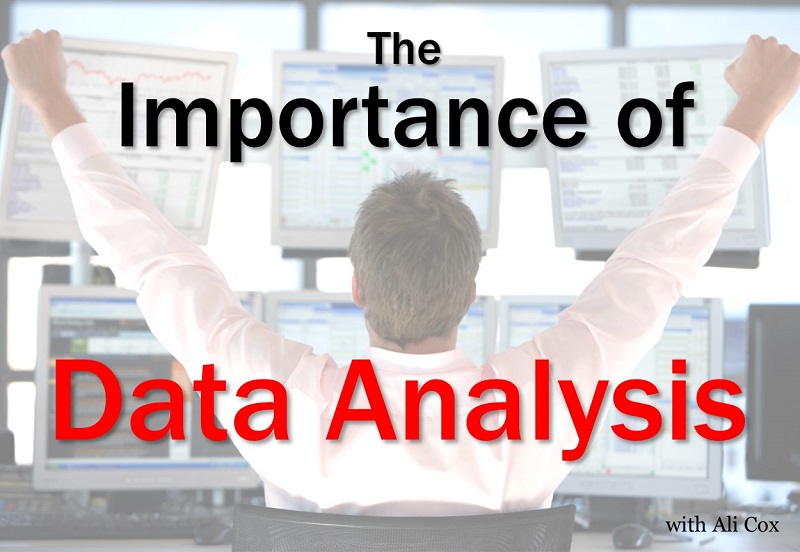In this episode, Ali Cox helps us to understand the importance of good data analysis and how to get started.
After listening to this episode, you'll understand:
- How to use data to your organization’s advantage
- Why ignoring data can be detrimental to your organization
- Simple tools to use in data analysis
- How to find the right data to analyze
SHOW NOTES
Data analysis is not technical. While there are some technical aspects to it, it’s really about understanding your organization’s data so that you can help make good decisions and bring value by further refining those decisions based on good data.
Your organization’s business processes, business rules, and use cases have associated data. If you don’t have a good understanding of that data or what data is needed bring value to that process, then the process can fail or you may make bad decisions about that process.
Often as Business Analysts, sponsors hand us a product or a solution to implement. Unfortunately, we sometimes fail to ask why. How do we know that the product or solution is the right decision and the right thing to implement? Without data, our organization may be making bad decisions and wasting time and money.
Within your organization, you have a lot of data and work with. You have data about your customers, data about your staff and their capabilities, data about your products, and data for metrics. Using this data can help your organization make good decisions.
Starting Your Data Analysis
When you first get into a project, the first thing you should do is look for the data. Creating a data dictionary or glossary when talking to stakeholders will help you to better understand the meaning of the data.
When looking at a business process, you can identify the business rules associated with that process and the data that drives those rules. What data is used in the process? What reports are people looking at, what data is on the reports, and what does it mean?
Start looking for metrics especially if you are trying to improve a process. Those metrics can be included in your current state analysis as well as part of the success criteria. You can use those metrics to identify the best improvement opportunities.
If you fail to identify and establish baseline metrics, you’ll be limited in your ability to understand if your efforts were successful or if you sell the right problem.
When you’re using an Agile approach, you can use the iterations to get feedback and analyzes data to determine if adjustments are needed.
Applying the Data
Once you have the data, Ali recommends building a data model. You can use the data and create a diagram to show the information that you elicit from the stakeholders and the relationships between the data.
After you have the data and have identified the relationships, you can then determine what details you need to understand about the data. How much you need to know about the data or how much should you know?
This allows you to better understand the business rules around the data and how the data impacts of business process.
Consider what decisions your business needs to make. Once you understand what kind of decisions they need to make to be successful, then you can begin to determine the data you’ll need to help make better decisions.
It’s Not Technical
The data needed to make good decisions isn’t technical. It’s business data.
You likely won’t need special tools to capture and analyze the data. You can use something as simple as pen and paper or a white board. Often, Excel or Visio are the most complex tools you may need.
If your organization has big data systems and you don’t have the technical knowledge to use them, you can always pair with data scientists and other technical experts in your organization to draw meaning from the data and ask the right questions.
The key to success in data analysis isn’t the tool. It’s about understanding what the data means to the business and what data you need to make better decisions.
Listen to the full episode to understand why data analysis is critical to success and more examples of the type of data you should analyze on your next initiative.
YOUR HOMEWORK
If you’re newer to business analysis or data analysis, start looking at your business data. On your next project, start looking at the data. Create a glossary or data dictionary and use that information to ensure that you understand the terms and acronyms that stakeholders use.
If you’re a more experienced analyst, push for good analysis of the data. Make sure that the entire team understands the importance of data and try building a data model. Work to understand the relationships between the data and the underlying metadata.
Links mentioned in this episode:

Ali Cox
General Manager and Senior Instructor for B2T Training
Alison Cox is senior instructor and general manager of B2T Training. She has over 30 years of experience in business analysis and project management. Ali has provided consulting and training in business analysis and project management for everything from small companies to Fortune 500 corporations worldwide.
Thank you for listening to the program
To get more valuable content to enhance your skills and advance your career, you can subscribe on iTunes and other podcatchers.
Also, reviews on iTunes are highly appreciated! I read each review and it helps keep me motivated to continue to bring you valuable content each week.








Could not agree more. Looking at a data set and structure is like peering into the heart of a biz
Hi,
this is the best conversation that I’ve heard about data analysis, simple and accurate but at the same time helpful to understand how data works in real life.
I look forward to hear more about it.